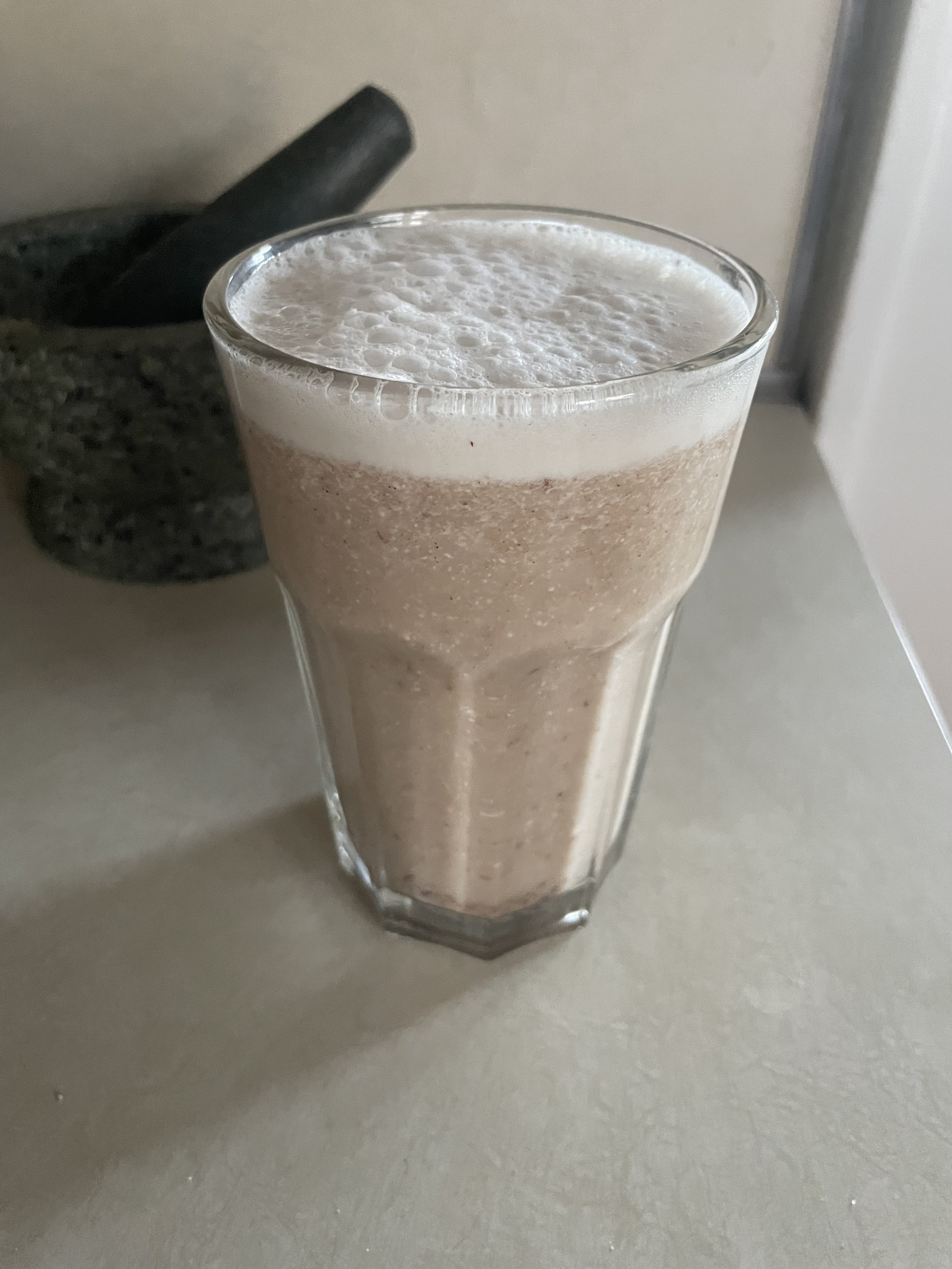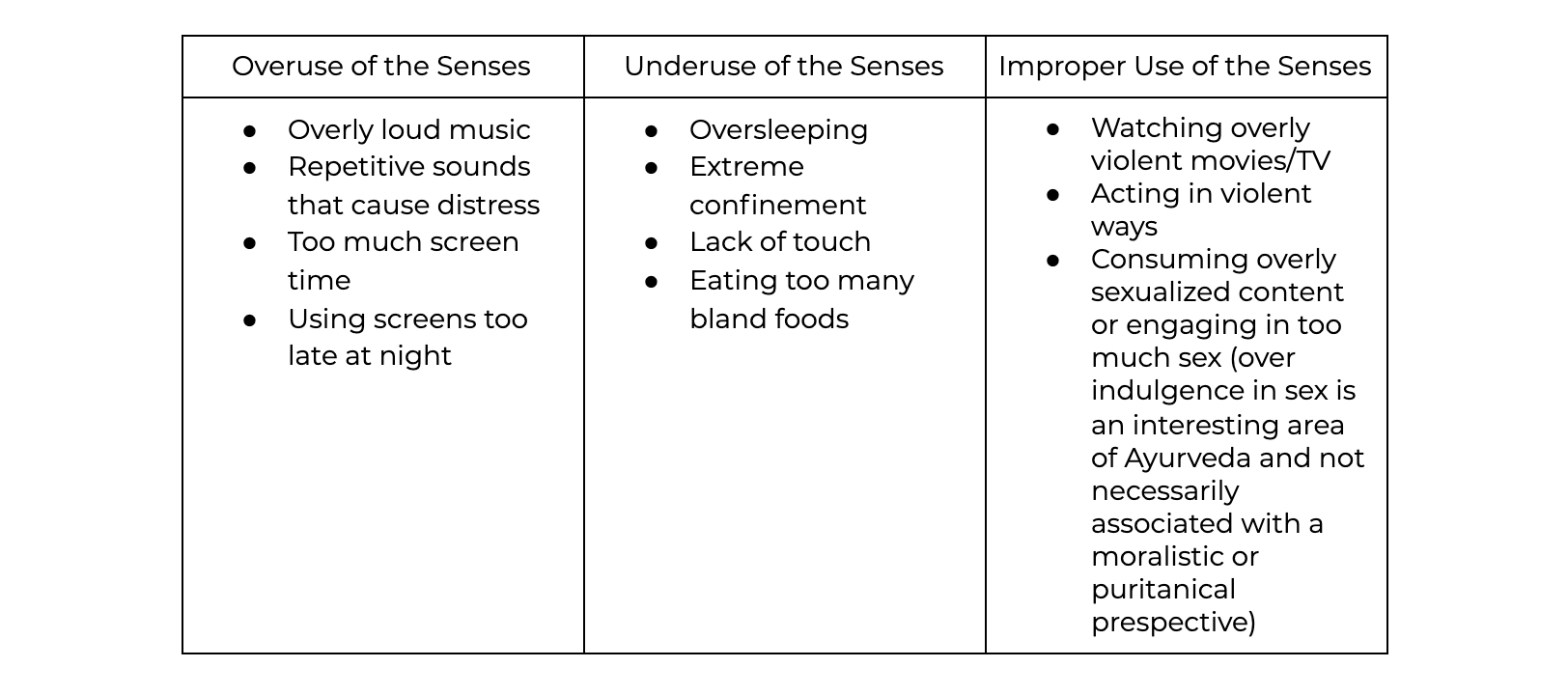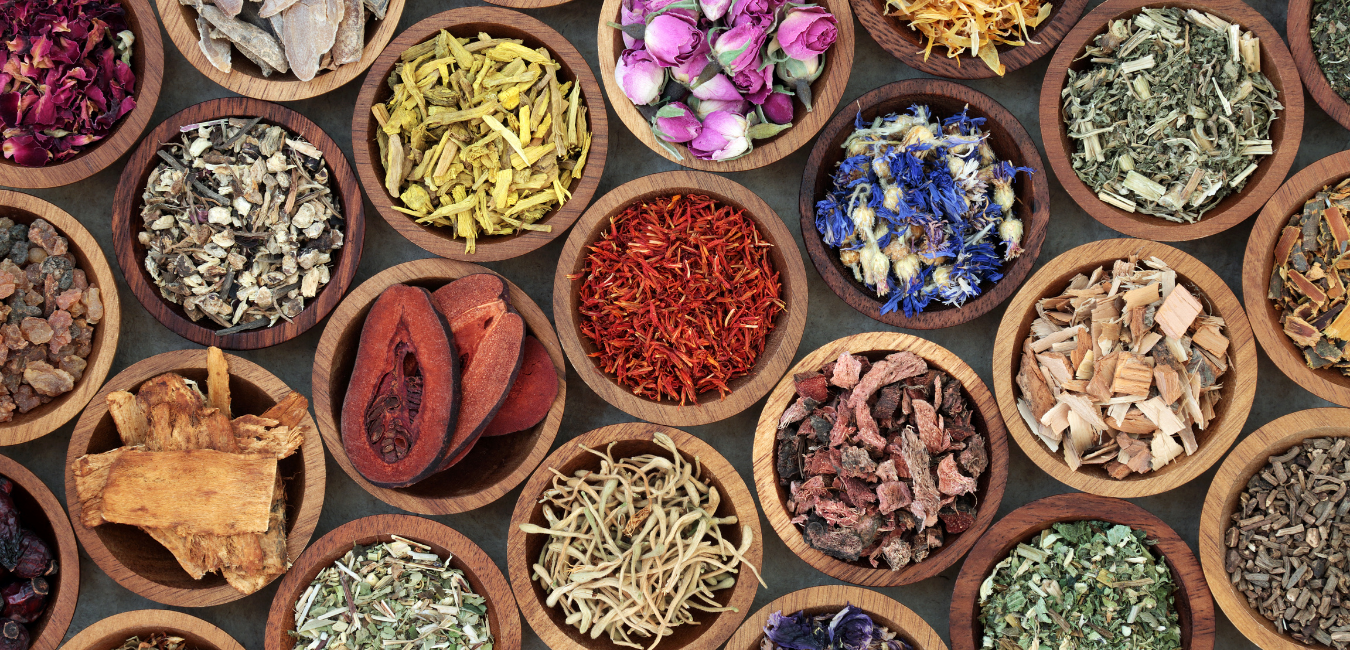Sound healing is quickly becoming one of the most popular holistic therapies across the globe. But of course this is a practice with ancient roots. But while seeing evidence of sound healing in cultures around the world we can also look to modern physics to support the application of sound in therapeutic settings. By applying various frequencies to both the physical body and what is known as the biofield, we see biochemical, neurological, and countless other processes can be modified and brought into a more coherent state.
Sound healing, sound bath, and vibrational medicine work to move information (emotions, previous traumas, mental loops) through the magnetic fields of the body (the biofield). Sound healing sessions help to reduce stress, feel clearer, and more centered. This is a great modality to use in conjunction with other therapies like psychotherapy, physical therapy, and any other holistic therapy. Because of its noninvasive nature it is safe and deeply restorative.
What is the “subtle body?”
In Ayurveda and Yoga (and many other traditions), there is an acknowledgement of the individual as having both gross and subtle aspects of the body. You can think of this as a spectrum. On one end we have the gross, physical (the bones and organs, what we can see and touch) and on the other side we have the subtle (thoughts, emotions, soul, and consciousness). Everything in the material world falls between these two ends of the spectrum.
Folks often think experiences such as paranormal encounters, psychic revelations, and other synchronicities are part of some unknowable realm of magic and mysticism. But when it comes down to it, this is simply refined sensory awareness to the inherent interconnectedness of our world. Some folks are naturally more aware and some folks cultivate the ability through years of practice. Either way, the senses and the support of the subtle fields of the body are important areas of health to address.
Western medicine has given a name to one aspect of the subtle body. This is known as the biofield. The biofield is a toroidal field around the body which, essentially, houses information. Everything we’ve ever experienced in our lives is recorded both in our cells but also held in the area around the body. Through working with sound frequencies such as tuning forks, singing bowls, gongs, and other instruments, we can begin to affect the physical body, the emotions, and the mind through the biofield.
But how does it work?
The thoughts and emotions belong to not only to the mind, but the biofield, that is both within us and just outside of us. This follows what many cultures and religions’, like Yoga and Ayurveda, say about the nature of consciousness.
In physics, plasma connects everything in the universe. It’s known as the fourth state of matter. It can be imagined like a huge neural network. Plasma exists in the ether, a debated fifth state of matter, and the space that contains everything in the universe. In the Vedic tradition ether is know as Akasha. So rather than thinking of space around us as empty, you can imagine it as an area that is active.
It’s not magic (it just feels like it)
You may notice a theme on my site. While many of the practices that I offer are known as alternative medicine and esoteric practices, I always reinforce to my clients that what we are working with is simply nature. The tools, instruments, and systems of today have a hyper-focus on specific organs, tissues, cells, etc. and solely in the gross (physical) realm. But that view is not complete. Our ancestors observed the world and practiced medicine with other skills that are just as, and some cases even more, important today. They practiced systems-based medicine and their perspective was to apply both body and consciousness to usher in health. This is not to say that modern medicine should be ignored. To the contrary, when ancient practices and modern perspectives meet, powerful shifts can take place. It’s all science.


























